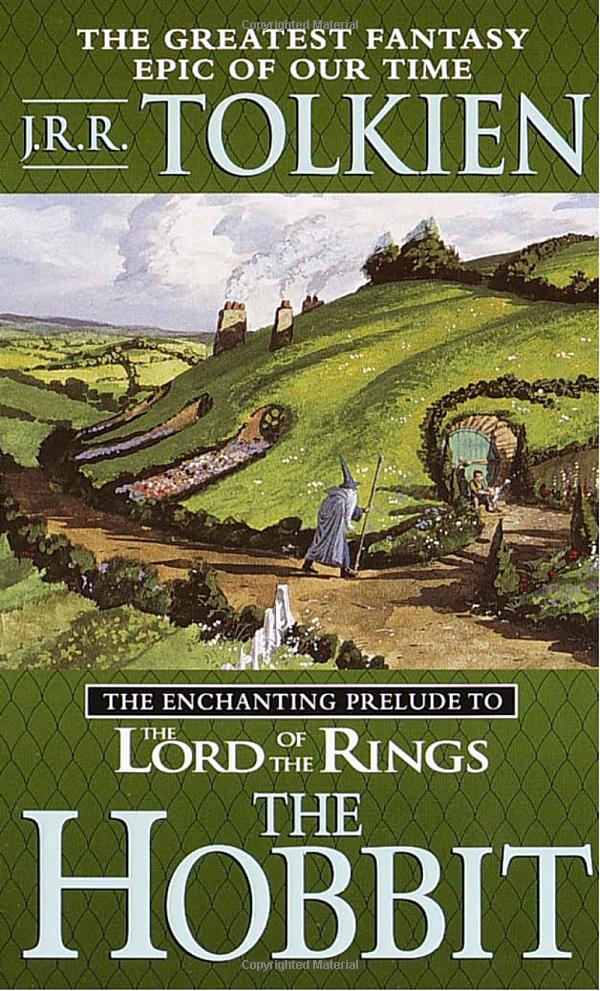 |
Entertainment > Reading >
An unlikely little hero is swept into an travel-adventure through dangerous lands to recapture the lost treasures of a fallen Dwarvish kingdom.
Considered a classic fantasy book, it’s definitely a children’s book from it’s narrative tone. It’s slow and awkward in a lot of places, and takes too long to pick up into anything interesting for me. Perhaps it’s because I had read it long ago, and perhaps it’s because of the staggering quality of its associated movies, but I didn’t like it.
Definitely not recommended as an entry into fantasy fiction, in spite of its popularity. Veterans of the genre may as well read this just to say they have.
-
Published 1982-01
- ISBN-13 978-0-345-33968-3
- Note: This is an edited edition.
- Followed by The Lord of the Rings – (1954 book), by J.R.R. Tolkien
-
Adapted into a movie which I don’t have notes on.
Revision ∞
In this reprint several minor inaccuracies, most of them noted by readers, have been corrected. For example, the text on pages 19 and 53 now corresponds exactly with the runes on Thror’s Map. More important is the matter of Chapter Five. There the true story of the ending of the Riddle Game, as it was eventually revealed (under pressure) by Bilbo to Gandalf, is now given according to the Red Book, in place of the version Bilbo first gave to his friends, and actually set down in his diary. This departure from truth on the part of a most honest hobbit was a portent of great significance. It does not, however, concern the present story, and those who in this edition make their first acquaintance with hobbit-lore need not trouble about it. Its explanation lies in the history of the Ring, as it was set out in the chronicles of the Red Book of Westmarch, and is now told in The Lord of the Rings.
A final note may be added, on a point raised by several students of the lore of the period. On Thror’s Map is written Here of old was Thrain King under the Mountain; yet Thrain was the son of Thror, the last King under the Mountain before the coming of the dragon. The Map, however, is not in error. Names are often repeated in dynasties, and the genealogies show that a distant ancestor of Thror was referred to, Thrain I, a fugitive from Moria, who first discovered the Lonely Mountain, Erebor, and ruled there for a while, before his people moved on to the remoter mountains of the North.

